#Uraniidae
Text
Moth Of The Day #222
Madagascan Sunset Moth
Chrysiridia rhipheus
From the uraniidae family. They have a wingspan of 7-11 cm. They inhabit a wide variety of habitatsd, from deciduous forests to rain forest regions. They are endemic to Masagascar.
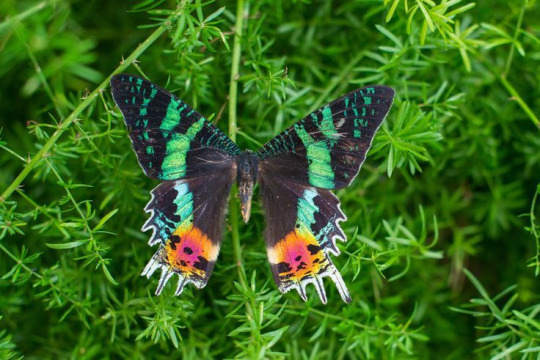

Image sources: [1] [2]
#moth#moths#lepidopterology#lepidoptera#nature#pretty moth#insect#bugs#moth of the day#motd#lepidoptery#bugblr#entomology#beautiful moth#colorful moth#madagascan sunset moth#chrysiridia rhipheus#uraniidae#uraniidae moth#bug#insects
3K notes
·
View notes
Text
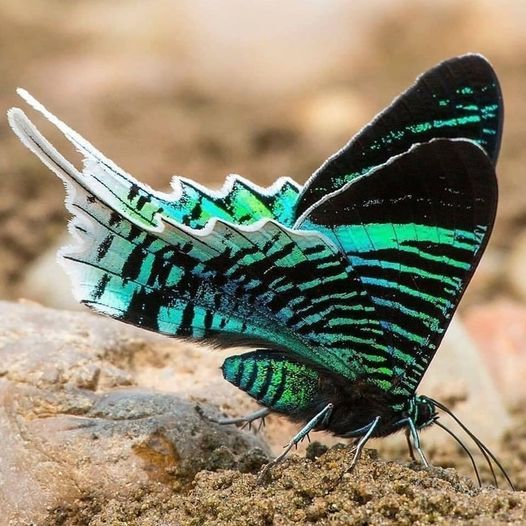
Green-banded Urania Moth (Urania leilus), family Uraniidae, found in South America and the Caribbean
Diurnal Moth
photograph by butterflyrealm
3K notes
·
View notes
Text
Moth of the Week
Madagascan Sunset Moth
Chrysiridia rhipheus (misspelled “ripheus”)
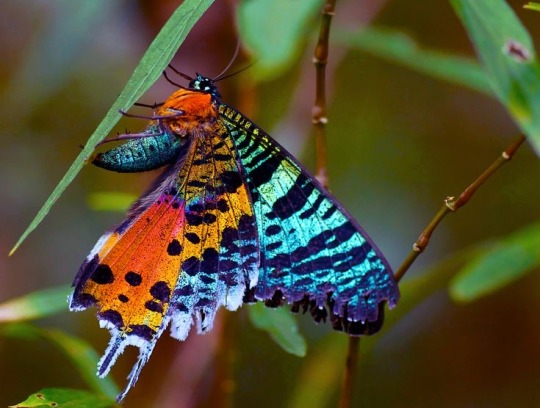
The Madagascan sunset moth is in the family Uraniidae. This species was first described in 1773 by Dru Drury who put it in the Papilio genus, a genus of butterflies. He though this because it looked like a swallowtail butterfly, and additionally the specimen he was given had a different species’s head with clubbed antennae (a defining characteristic of butterflies) attached to the body. Jacob Hübner corrected this mistake in 1823 and placed the moth in the genus Chrysiridia. I though this moth would be perfect to post in June for its rainbow colors.
Description The Madagascan sunset moth’s body are covered in black fur on the back and orange fur on the underside. The thorax is an iridescent blue or green and the legs and head are black with filiform antennae. The wings are iridescent red, blue, and green with the colors mixing for the full rainbow. Black patterning of spots and stripes are on all four wings with the forewings having a black edge. The hindwings themselves have a white fringe on the edge and six tails which are often broken off or damaged over time. The upper side of both wings are mostly black with a large patch by the body. Patterns on the wings can vary and some moths are asymmetrical. This can be caused by many things like temperature shock during growth.
The colors on this moth’s wings do not come from pigments, but instead are caused by the scattering of light from the wings’ scales.
Average wingspan in high altitudes: 7 cm (≈2.8 in)
Average wingspan in low altitudes: 9 cm (≈3.5 in)
On occasion a moth’s wingspan can be as large as 11 cm (≈4.3 in).
Diet and Habitat The larva feed on four types of plants from the Omphalea genus that grow only on Madagascar. These species are O. ankaranensis, O. palmata, O. occidentalis, and O. oppositifolia. The larva eat all parts of the plants from leaves, to stems, to flowers, to fruits, but they avoid the veins of the leave which have a toxic latex in them. Adult moths drink nectar and prefer white or whitish-yellow flowers especially from the Indian almond tree, tea plant, loquat, plants in the Eucalyptus genus, and common mango tree.
First believed to have come from China or Bengal, this moth is only found in Madagascar. They migrate over the island to different areas with their host plant and can be found all over the island except for the south west and extreme south where their host does not grow. This moth’s preferred habitats are deciduous forests and rain forest regions.
Mating These moths mate all year but have the highest populations in March to August and the lowest populations in October to December. The females lay their eggs late in the afternoon or at nightfall. The females will usually lay the eggs in the underside of the host plant’s leaves in groups but can on occasion lay them on top.
Average number of eggs laid in each group: 80 eggs
Predators The Omphalea genus the caterpillars feed on also attracts polistine wasps who prey on the larva. However, the caterpillars and adult moths are toxic because the Omphalea species contains polyhydroxy alkaloids, which the caterpillars gain by eating and retain as adult moths. The wings’ bring colors are a warning signal of this.
Fun Fact The Malagasy people believe the souls of the dead or of ancestors appears in the form of a lepidopteran. The Madagascan sunset moth is specifically called adriandolo or lolonandriana, from lolo for "spirit" or "butterfly" and andriana for "noble" or "king.”
Additionally, eating the silk from this moth is said to cause a euphoric high.
Another interesting fact is the Madagascan sunset moth is one of only two species in the Chrysiridia genus.
(Source: Wikipedia, Moth Identification, Bug Under Glass)
#animals#bugs#facts#insects#libraryofmoths#moth#mothoftheweek#lepidoptera#Chrysiridia rhipheus#Madagascan sunset moth#Uraniidae#pride month#rainbow
169 notes
·
View notes
Photo

I fought with this piece a little, I knew I wanted to use this butterfly but due to the size of it, I was struggling to work with it in the dome, but I continued anyway. It wasn’t until I finished it and turned it around to see the side you see in the first photo, that I realised how perfect it was from the ‘back’. I was so focused on getting the front perfect that I didn’t even realise how great the back was. I saw this as a lesson today. About how sometimes we can hyper focus on what’s in sight, being unhappy with where we are, not really taking into account or consideration all the work we have previously put in, showing us just how beautiful the life we have is, when we look. Have a lovely evening #jennascuriocabinet #alcidesorontes #alcides #mothsofinstagram #uraniidae #botanicalartlovers #cottagecoreaesthetic #butterflylovers #shopsmalluk #butterflyart #mothart #driedbotanicals (at Jenna's Curio Cabinet) https://www.instagram.com/p/CfCLhpCqIYy/?igshid=NGJjMDIxMWI=
#jennascuriocabinet#alcidesorontes#alcides#mothsofinstagram#uraniidae#botanicalartlovers#cottagecoreaesthetic#butterflylovers#shopsmalluk#butterflyart#mothart#driedbotanicals
0 notes
Note
do you know any cool moth facts? i totally understand if not, i just wanna get over my phobia by noticing how cool they r ^_^
thanks ! have a good day
“moths” is a huge category of animals, so if you were asking for cool adaptations in particular species you’ll have to be more specific because it’s impossible for me to know where to start!
but a few general moth facts:
moths have been around a long time, and some basal types still exist that have mandibles (like the usual bug mouthparts you see in beetles/ants) instead of a tube proboscis for drinking nectar like most of the big moths you see. these moths are all super tiny and mostly eat pollen.
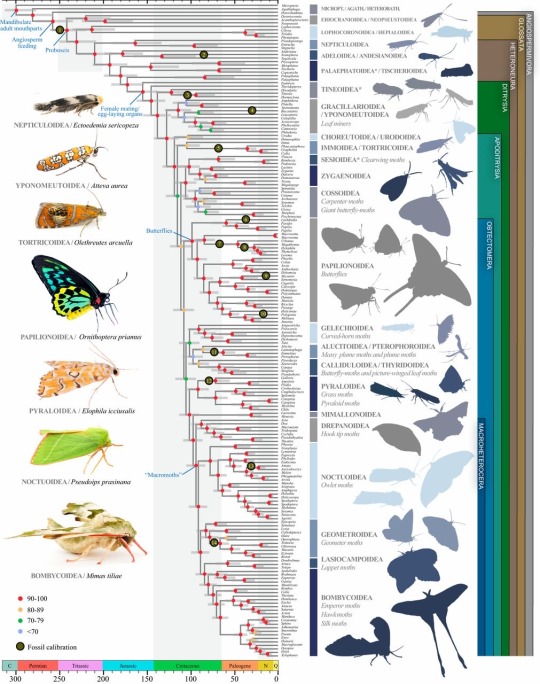
as you can see from this phylogenetic tree, butterflies are moths! or rather “butterfly” is just the English word for a particular group of diurnal Lepidoptera, sort of like how birds are a particular group of dinosaurs (but it’s not common to refer to them as such outside of taxonomy or a joke)
most moths are nectar-feeders, but others feed on decaying fruit, tree sap, or honeydew, and silkmoths and many hawkmoths do not feed at all as adults, relying on larval fat reserves to power them through their brief adult lives
there are numerous diurnal moths, beyond just the butterflies. family Uraniidae are some of the most dramatic:
moths have some of my favorite mimicry examples of any group of insects:
many moths mimic bird poop (birds aren’t likely to look for meals out of their own poop!) but Macrocilix maia takes it a step further and has patches of colored scales that look exactly like red-eyed, shiny-winged flies eating the bird poop!
a number of tiny moths’ wings mimic jumping spiders, which might seem an odd choice until you realize that jumping spiders—predators of these moths—have excellent facial recognition. even if the jumpers would eat another spider, the oOOo pattern tricks them into thinking their that spider is looking right at them, and can’t be taken by surprise.
phylotree from: https://www.pnas.org/doi/10.1073/pnas.1907847116
moth enthusiasts: feel free to add cool moth facts if you’d like!
661 notes
·
View notes
Photo
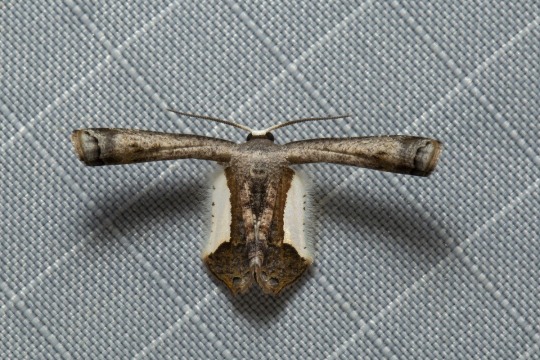
Scoopwing moth, Phazaca decorata, Uraniidae
Found in Australia
Photo by dhfischer
#insects#bugs#moth#scoopwing moth#swallowtail moth#Phazaca decorata#one nice bug#@ this moth why?.#is this a useful shape
342 notes
·
View notes
Text
Art fight attacks so far!
Most of these are revenge attacks and I have a ton more in the works.

Revenge-Attack against uraniidae's Evangeline Hayes
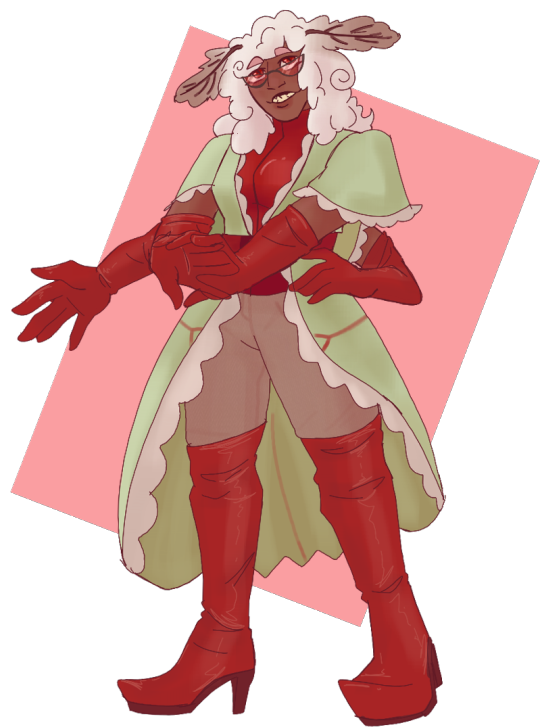
Revenge-Attack against 0critter0's Velvadine
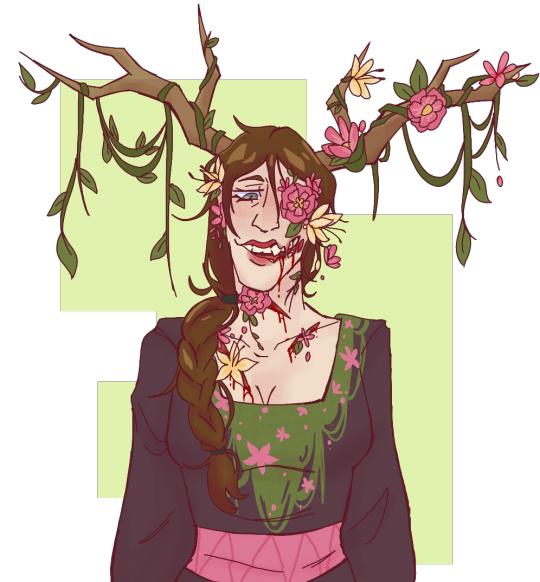
Attack against reverendlazarus' Penelope

Revenge-Attack against theburied's Juda

Attack against reverendlazarus' Troye Lambert

Revenge-Attack against Its-Olympus' Britt Voratro

Revenge-Attack against Shwupz's Dr. Splice N. Dice
#artfight#tma oc#the magnus archives#magnus archives#art#illustration#oc artwork#other peoples ocs#revenge attack#af 2023#team werewolf#team vampire#art fight attack#epithet erased#epithet oc
9 notes
·
View notes
Text

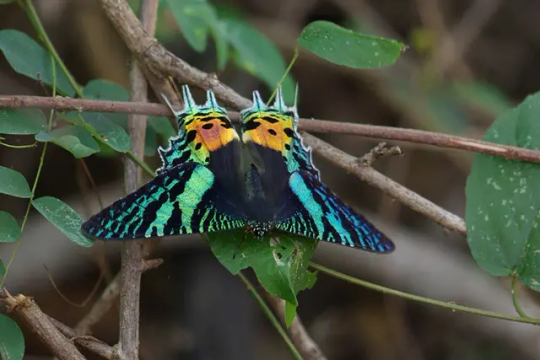
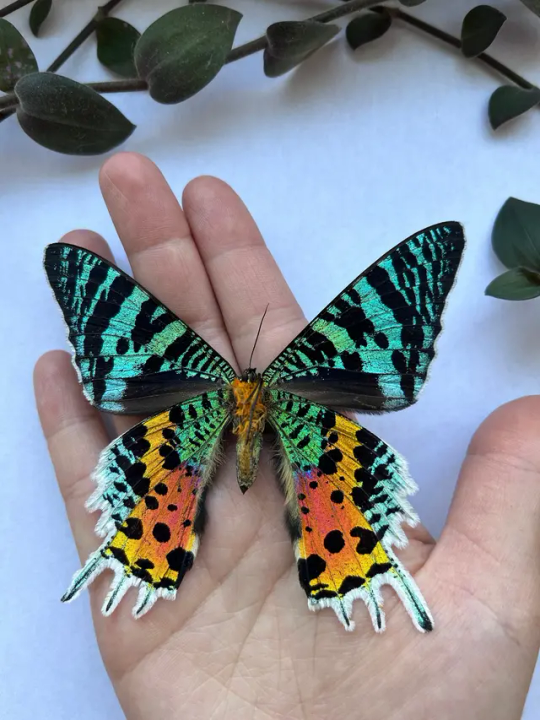






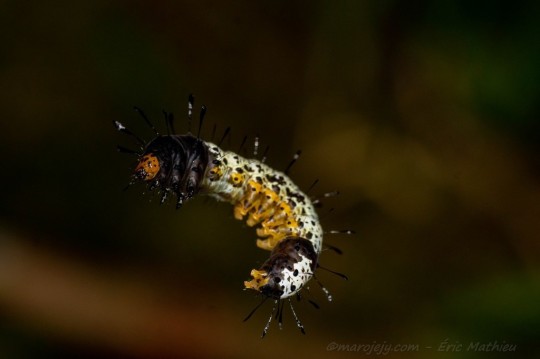
Chrysiridia rhipheus better known as the adriandolo, the lolonandriana, or the Madagascan sunset moth, is a species of moth of the family Uraniidae which is endemic to Madagascar. Here these sunset moths are found throughout the majority of the island with the exception of the southern deserts, with adults routinely migrating in the thousands between groves of there host plants: shrubs and trees in the genus Omphalea. Adult moths are also attracted to white and yellow flowers to feed on there nectar, particularly the flowers of the common mango, loquat, Sydney blue gum, Indian almond, Cussonia, and tea tree. Unlike most moths, the sunset moth is day flying utilizing the sunlight to showcase its bright aposematic colors to warn predators of its toxicity. At night they roost in large groups in the canopy some 300ft (100m) off the ground. With a wingspan reaching some 2.8 to 4.3 inches (7 to 11cms) in length, the sunset moth is black in coloration with iridescent red, blue and green markings. There is a fringe of white scales on the wing edges, wider on the hindwings with these wings sporting 6 distinct tails. Breeding occurs year round, with females laying some 60 to 110 eggs late in the afternoon or at nightfall on there host plants. After 3 to 4 days the eggs hatch and the larvae begin to feed upon the host plant. The caterpillars are whitish yellow with black spots and red feet and are covered in club-ended black setae. They are selective at first only eating parts of the leaves to avoid the plants toxic latex. But after 3 to 4 days of growth they begin to also eat the flowers, fruit, tendrils, petioles and young stems as they begin to incorporate the toxins into there body and create silk to deal with excess latex, said silk enable them to stick to and climb various surfaces. After spending 2 to 3 months as a caterpillar the larvae then spins a cocoon out of silk, where they will spend 17 to 23 days as a chrysalis before emerging as an adult.
#pleistocene pride#pleistocene#pliestocene pride#pliestocene#cenozoic#bug#moth#madagascar#madagascan sunset moth#animal#facts
2 notes
·
View notes
Text
Moth Of The Day #204
North Queensland Day Moth
Alcides metaurus
From the uraniidae family. They have a wingspan of about 100 mm. They can be found in Queensland and around New Guinea.
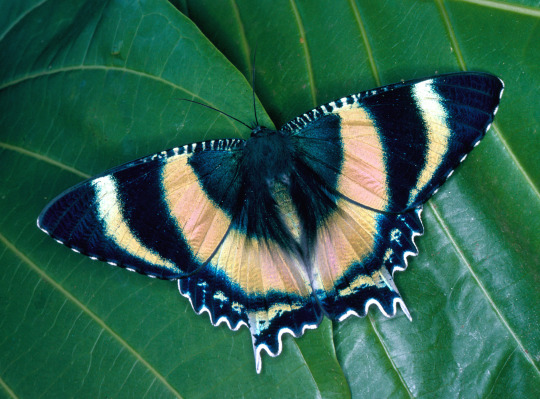

Image sources: [1] [2]
#moth#moths#lepidopterology#lepidoptera#nature#pretty moth#insect#bugs#moth of the day#motd#lepidoptery#entomology#bug#insects#bugblr#north queensland day moth#alcides metaurus#uraniidae#uraniidae moth#beautiful moth
620 notes
·
View notes
Text
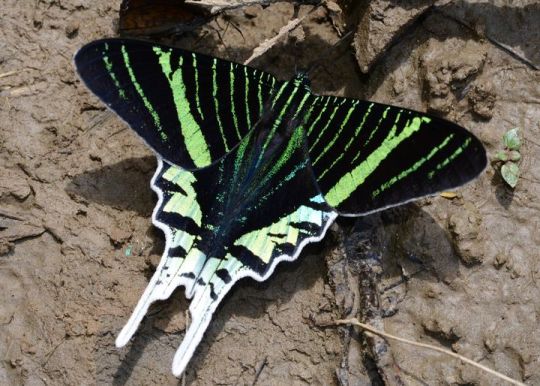
Green-banded Urania Moth (Urania leilus), family Uraniidae, Manu National Park, Peru
Diurnal Moth
photograph by Stephen Woodham
1K notes
·
View notes
Text
That's exactly why I'm so radiant [2022.07.16]
Yes, in this head thoughts learn,
Dance, search, intertwine and get confused non-stop,
And in heart, even empty feelings are filled to the brim
All this is a mercilessly burdensome burden, but at the same time -
It's all exactly what allows my personality to get to the very top
I've always hated that:
These two are constantly colliding here, inside me (like thunder)
Let it rain again and again (my tears keep falling)
Yes, all these bruises that are visible and invisible (beaten by hail)
But, at the same time, always understood that exactly this is all
The merit of what made and makes me the one
About whom said that "can shine so brightly too"
Yes, in this head thoughts learn,
Dance, search, intertwine and get confused non-stop,
And in heart, even empty feelings are filled to the brim
All this is a mercilessly burdensome burden, but at the same time -
It's all exactly what allows my personality to get to the very top
More and more don't know if it can really be called a passion,
But it was definitely a onslaught from the most beginning
(attacked by this against his will)
Yes, there are always calluses on the soul and mind,
And the heart has been torn out for a long time, but
Because there is something more than that - I keep going
Yes, this is my destiny
In this head thoughts learn,
Dance, search, intertwine and get confused non-stop,
And in heart, even empty feelings are filled to the brim
All this is a mercilessly burdensome burden, but at the same time -
It's all exactly what allows my personality to get to the very top
Look or don't look, all I have is just my "I"
"Black, gray and a couple of other colored spots"
Everything is indifferent, but, at the same time,
My heart is still a little fresh:
"Exactly because it is so dark and cold inside -
The brightest and most beautiful flowers are born from this"
(strong because emotions are absolutely weak,
so brave because feelings are so cowardly)
Yes, it's lucky that at least my mind is the only thing that saves it all
(although and ruins too) "Everything (my soul and my head) goes to extremes:
They ruins and destroy each other, take care of each other -
And all this at the same time - that's what makes me better
Than I could be (get it away or change at least one of these)"
Yes, in this head thoughts learn,
Dance, search, intertwine and get confused non-stop,
And in heart, even empty feelings are filled to the brim
All this is a mercilessly burdensome burden, but at the same time -
It's all exactly what allows my personality to get to the very top
There's nothing to complain about anymore -
all that: all my scars, wounds and heaviness
(too strong contrasts, contradictions and dilemmas)
"These are the strokes of my painting - it is art and only mine"
No, won't let go no way anymore (yes and still can't) that all..
Let me dissolve into it, let me finally merge with it:
Let me suffer with this until the end of my days (let me crash even more)
Let me use it and be proud with all my might
"I'm too the one who strangled myself" just because I breathe differently
(example, like insects that breathe their tissue)
Yes, "Uraniidae" is my middle name (make myself my goal)
10 notes
·
View notes
Note
ask you questions, hm? how did you develop your current artstyle, and what are some previous art styles you had? or, how did it evolve over time?
This is honestly hard to answer! I kinda just kept drawing what I like? A lot of my own characters, in fact a lot of my artwork just ended up being character designing rather than full finished pieces...
I think a big part of my style developing is that I got super impatient overtime, so I tried to speed up my art process as much as I could. It also helps that I prefer simpler, bold and unshaded kinda artwork tho, so that also takes me less time.
My previous art was honestly pretty bad, I didn't really know what I wanted with my style at all. Pretty much all that work is lost to time on my old deactivated Instagram, I have it all personally archived but I'd prefer not to share cuz its embarrassing lol. It was also mostly traditional marker art until I went full stop with pursuing digital art in late 2018.
I think I just kept looking at stuff that I liked to get inspired! Neon color palettes actually stimulate my brain a bunch for some reason? Like I use coolors.co and just generate palettes until my brain goes zingy. I also love lookin at wacky bugs for inspo bc bugs have inspired me all my life!! Mantids of all kinds(looking at u Pseudoharpax virescens and idolomantis diabolica) and moths, especially ones in the family Uraniidae!
Also I JUST remembered as I'm typing this that a huge turning point for my art style in 2018 was literally just discovering this video: https://www.youtube.com/watch?v=zkQUFb4SswY
That's it, that's like my whole story wow. Funny color pop and characters go weeeheheeheh (sorry this is probably so unhelpful but i hope it was at least interesting)
3 notes
·
View notes
Photo

No filter, just natural beauty. The Urania leilus, commonly known as the green-banded urania, is a day-flying moth of the family Uraniidae, which lives on riverbanks and rainforests in South America. Find this and other wonderful specimens on my website, ready to ship. Or for bespoke work get in touch via DM or email. All links are in my bio. ##entomologyart #gothdecor #victoriandecor #gothaesthetics #wunderkammer #swallowtail — view on Instagram https://ift.tt/U32dhBM
0 notes
Photo

Taxidermy Urania Leilus Origin: Peru The green-banded urania, is a day-flying moth of the family Uraniidae. Mounted in a black box frame with gold decal
#butterfly#taxidermy#butterflytaxidermy#pentagram#gold#smallbuisness#lifeafterdeath#gothic#black#insects#gothicdecor#witch#halloween#moth#weirdart#oddity#witchyvibes#homedecor#alternative#gothicstyle
1 note
·
View note
Photo
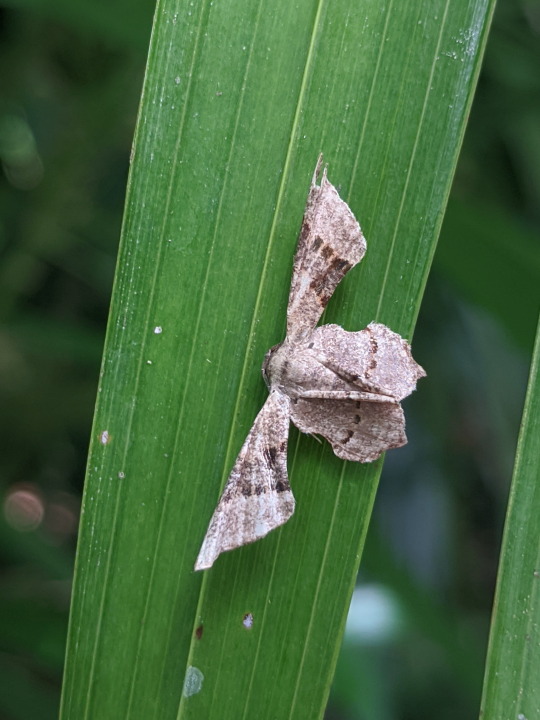
Unidentified scoopwing moth.
Epipleminae species
18/12/21
#scoopwing moths#moths#Epipleminae#Unidentified#Geometroidea#Swallowtail Moths#Uraniidae#lepidoptera#bugs#bugs tw#bugblr#insects#insecta#insect#insectblr#insects tw#entomology#Arthropods#Arthropoda
49 notes
·
View notes
Photo

Uraniid Moths (Paradecetia or Brachydecetia sp., Auzeinae, Uraniidae)
by Sinobug (itchydogimages) on Flickr.
Pu'er, Yunnan, China
See more Chinese moths on my Flickr site HERE...
309 notes
·
View notes



